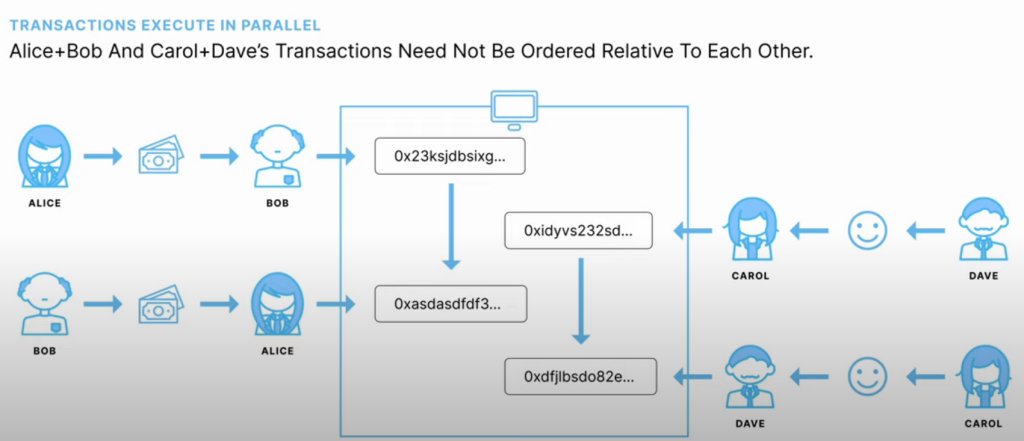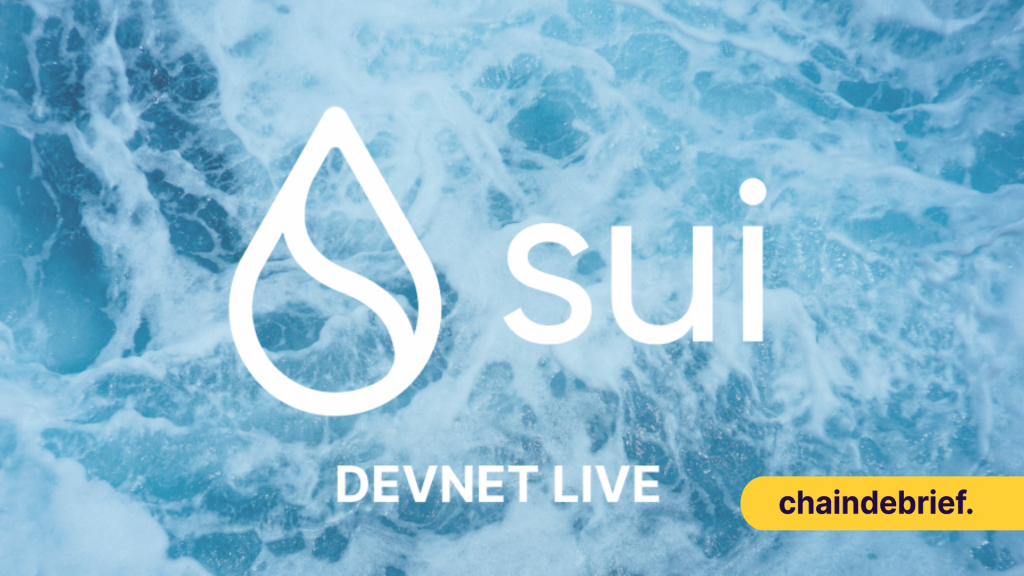Even within the crypto winter, teams are building.
One of them is Mysten Labs, founded in December 2021. Recognizing how current Layer 1s (L1) still struggle with not only the blockchain trilemma, but also smart contract vulnerability, they are hoping to redevelop Web3 infrastructure from the ground-up.
Also Read: Have The Tides Turned For The Waves Blockchain?
Meet The Team

Their core team includes four co-founders, namely:
With a combined 8 years at Meta’s crypto R&D team Novi Research, and long individual histories in technology and Web3, the team is seeking to make a change.
Just last year, they founded Mysten Labs, a foundation that plans to improve Web3 infrastructure and accelerate adoption.
To date, they are working primarily on two core developments – the Sui blockchain, and Move, an open-source smart contract programming language.
Introducing Sui
The Mysten team identified two fundamental flaws in current blockchain design.
- On-Chain Storage is impractical and leads to high gas fees, low throughput
- Smart Contracts aren’t cross-platform, too many points of failure
To tackle these problems, they have announced the Sui blockchain, a proof-of-stake network built with a variation of the Move programming language.
The team at Mysten Labs were also involved in the development of Move.

Sui’s validation stage has been restructured to allow faster transaction times with lower latency.
Without getting too technical, Sui runs transactions in parallel, and can scales with more machines. However, transactions can also be run in order if needed.
As such, most transactions can be settled almost instantly, with more complex ones taking 2-3 seconds.
Storage is another problem that plagues many L1s. Thanks to Move, storage can be centered around objects instead of accounts, scaling both interoperability as well as transaction speed.
Sui and NFTs
Thanks to the way Sui is built, NFTs can live out new use cases on the network.
“Existing web3 games are arguably regarded more as investments than games”
Traditionally game developers will be able to incorporate Web3 elements into their games without the need to interact with their Move smart contracts. NFTs on the platform can also be interacted with – they can be fed, evolved, and even used to battle.
Using Sui, @panzerdogs put a @BoredApeYC avatar in their game. This added exclusive attributes 🍌
— Sui by Mysten Labs (@Mysten_Labs) March 24, 2022
Find the short demo video here 👇 pic.twitter.com/RAdubuph25
While the gaming sector of Sui is still in the proof-of-concept state, it is rather promising, especially for Web2 developers hoping to move over. Avatars and characters can potentially travel between metaverses within Sui, or even other blockchains in the future.
Also Read: The Future Of NFTs: How RMRK Is Taking Non-Fungible Tokens To The Next Level
$SUI Tokenomics
Currently, the $SUI tokens has Four uses cases:
- Gas Fees
- Staking/ Validating
- Storage Fund
- Governance
Only a share of $SUI’s maximum 10 billion token supply will be liquid at launch. However, details on the initial allocation have not been announced at the time of writing.
Instead of burning tokens, transaction fees will go to validators as well as a storage fund.
To compensate for validator’s additional costs with on-chain storage, the fund will redistribute past transaction fees to future validators. Users can also obtain a rebate from the fund by deleting data stored on-chain (such as NFT metadata). Transactions, however, are still immutable.
Closing Thoughts
The Alt Layer 1 narrative ran red hot within the bull market.
However, most of them have faced strong headwinds as liquidity dried up. While there are many, many competing networks, an actual “Ethereum Killer” has not emerged.
To fit that title, a network must not only solve current problems, but also have a seamless interface, and Mysten is hoping to achieve just that by building from the ground-up.
Also Read: Getting Rekt During The Bear? Here’s How To Level Up Your Crypto Game
[Editor’s Note: This article does not represent financial advice. Please do your research before investing.]
Featured Image Credit: Aliens



































